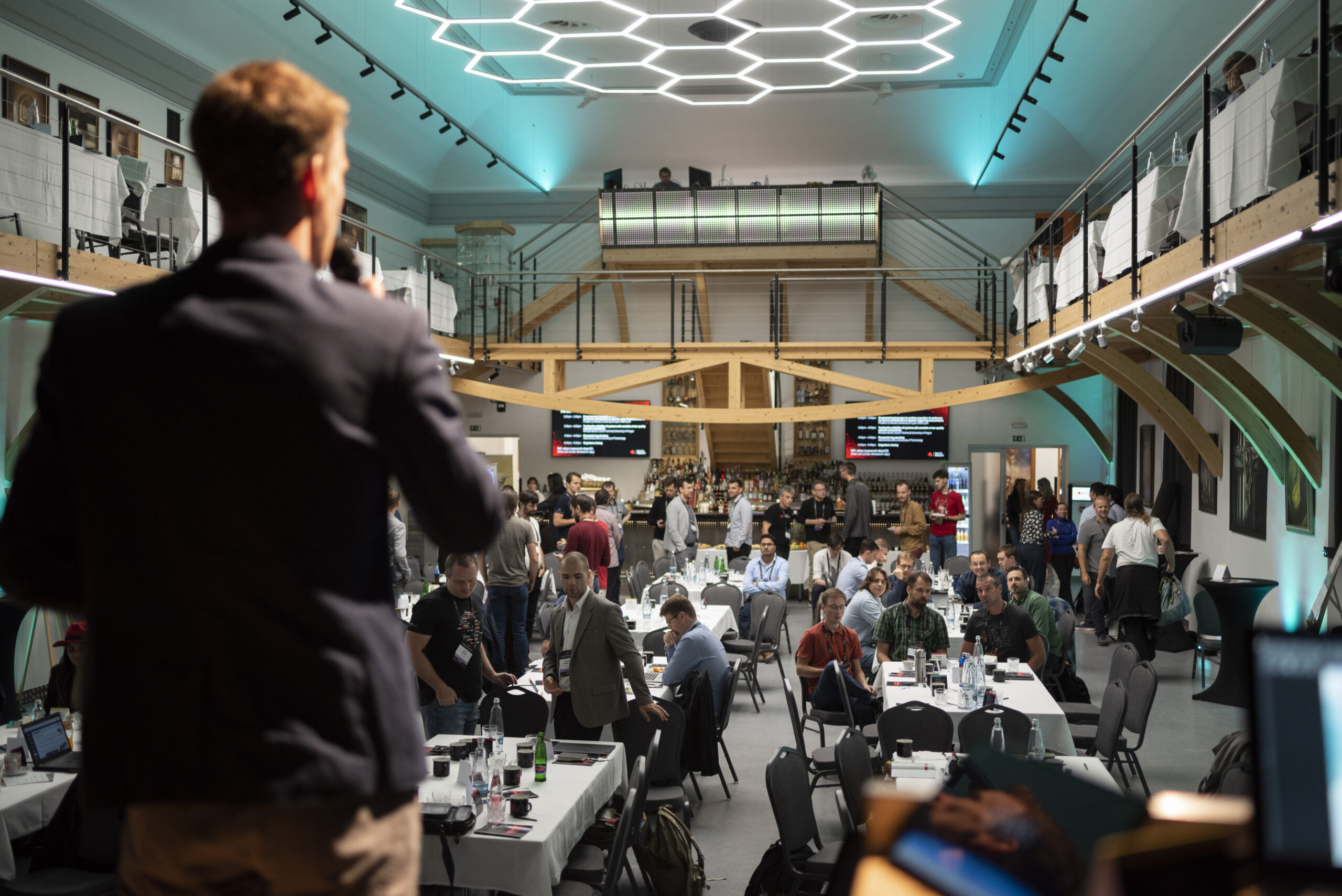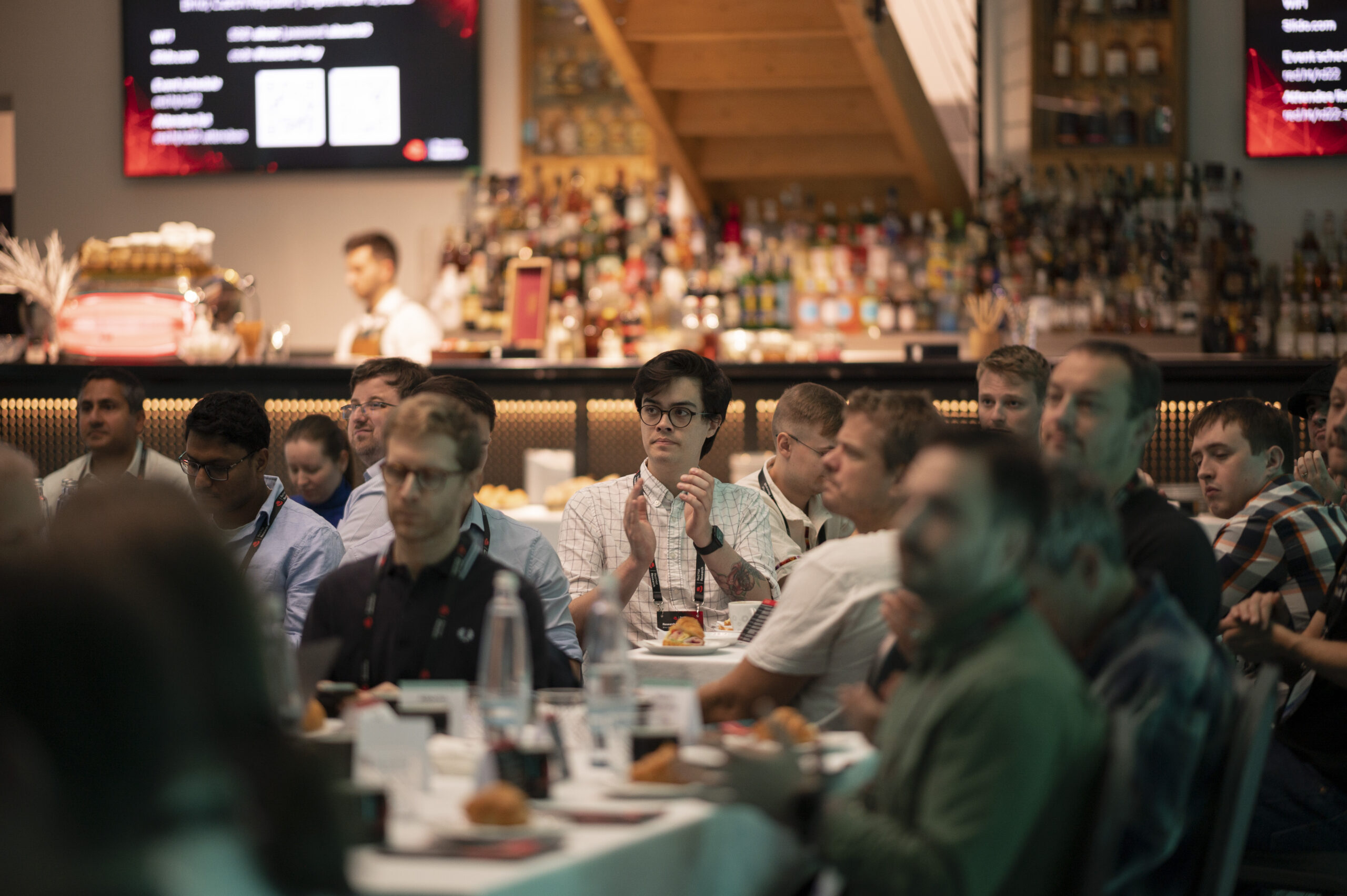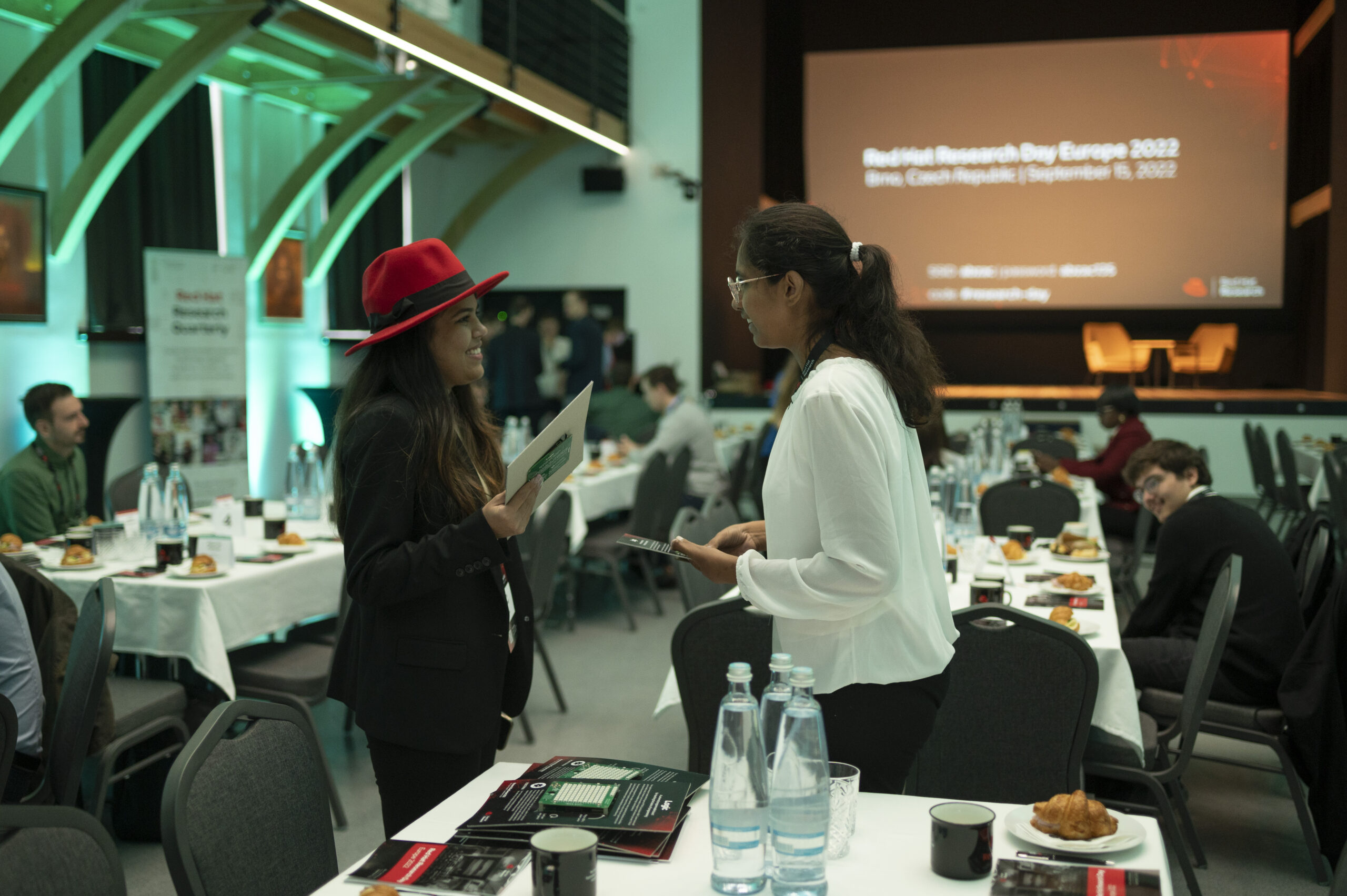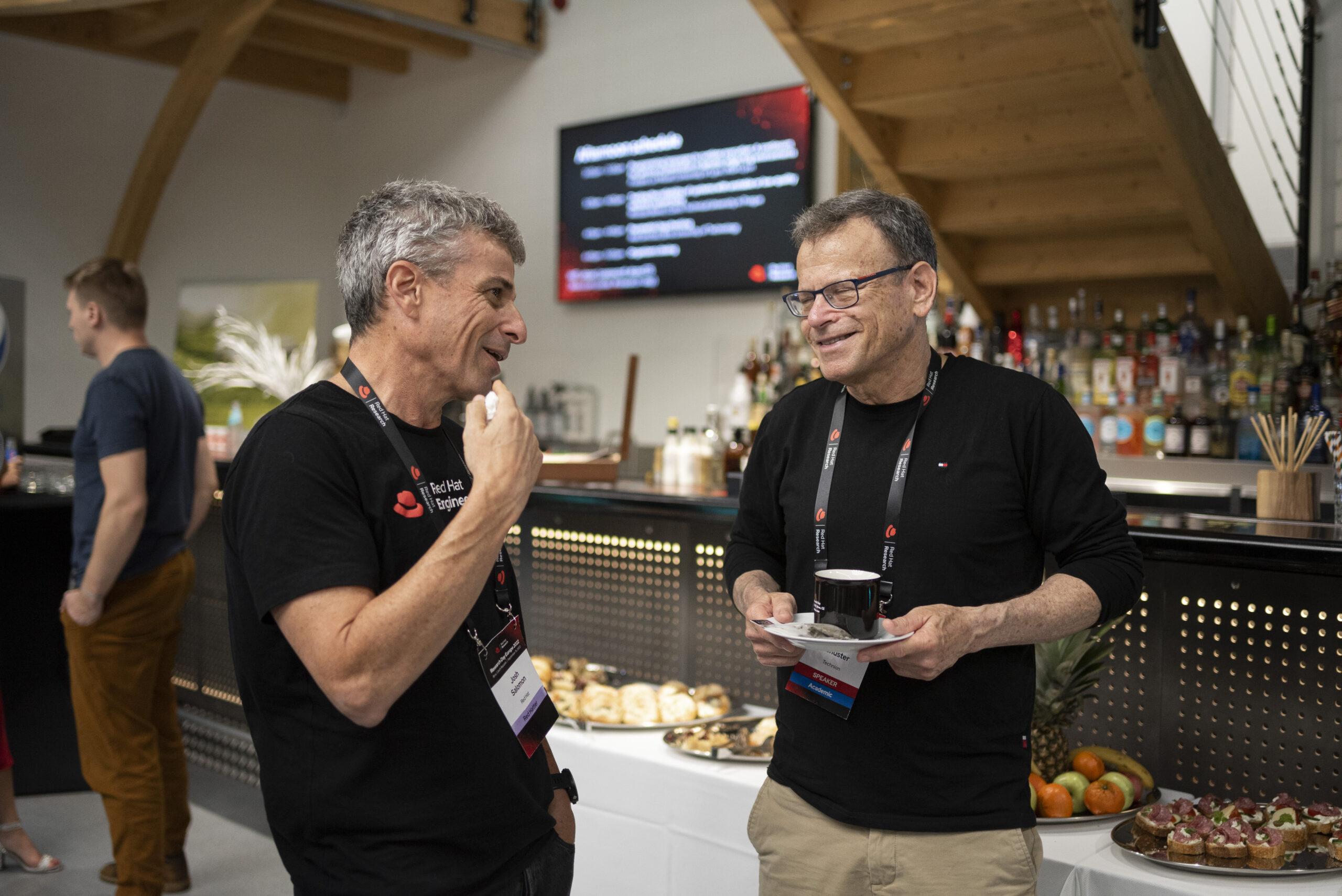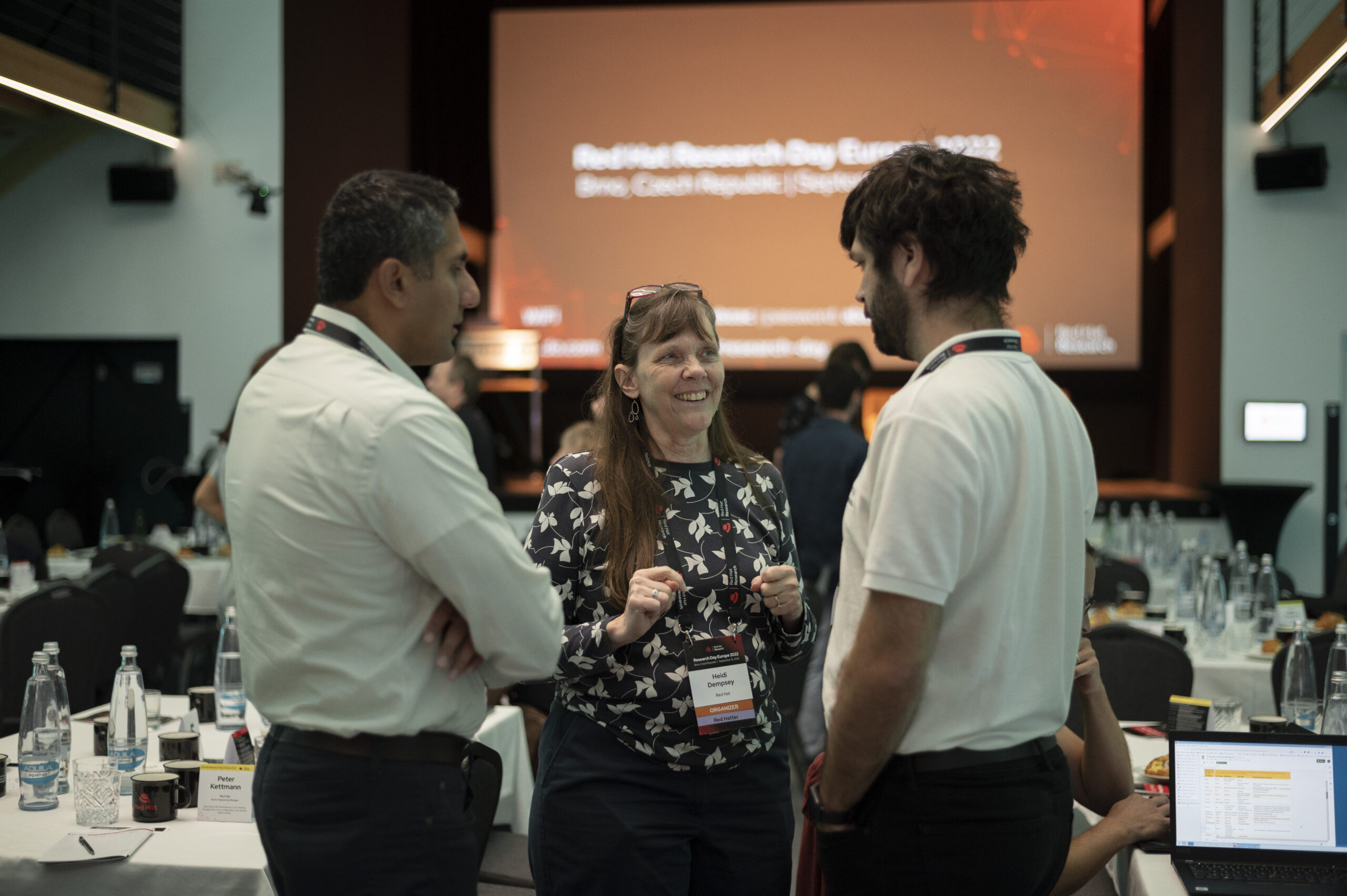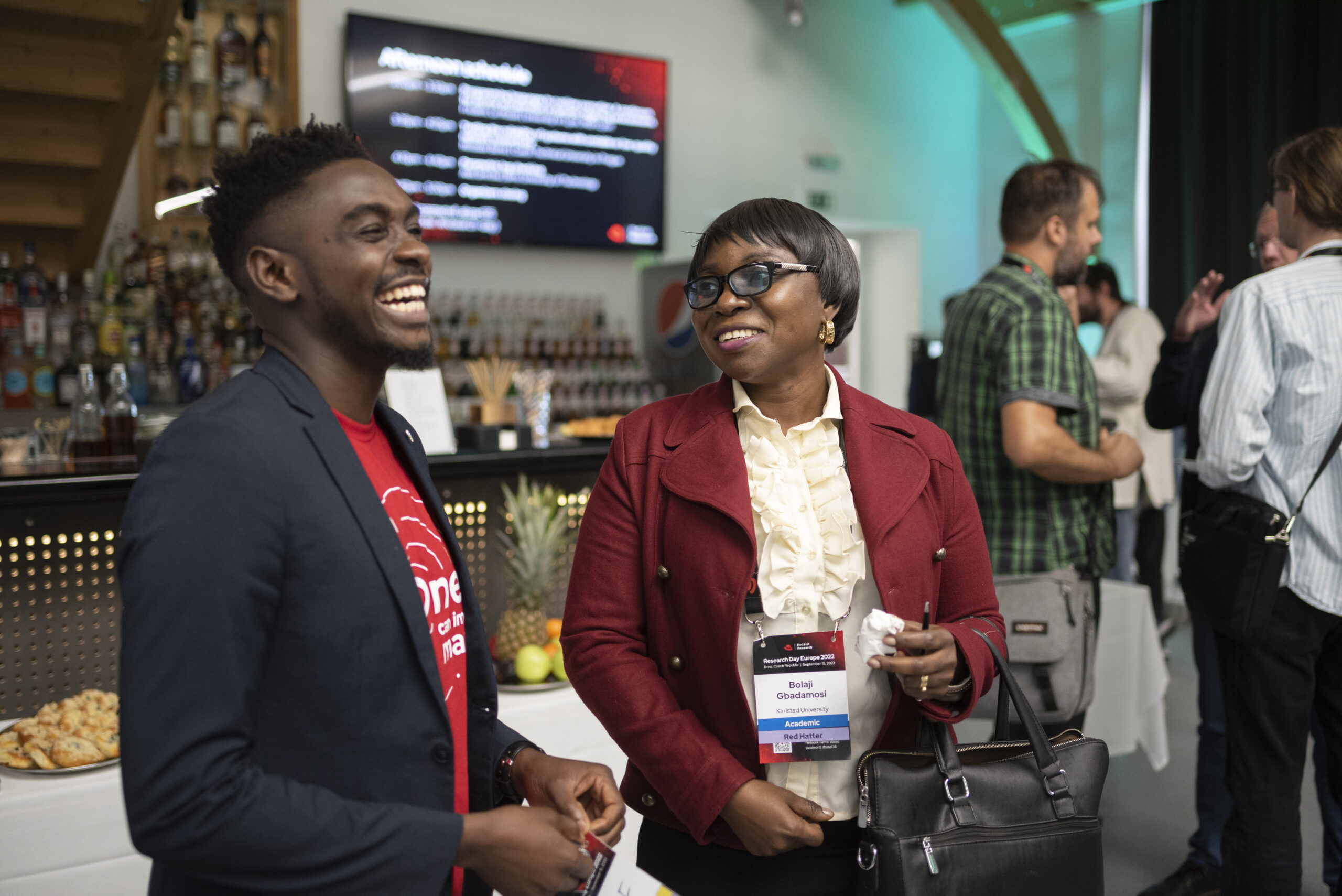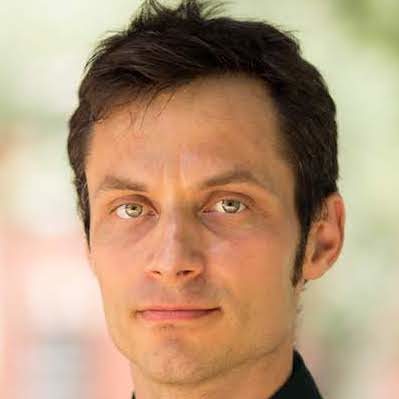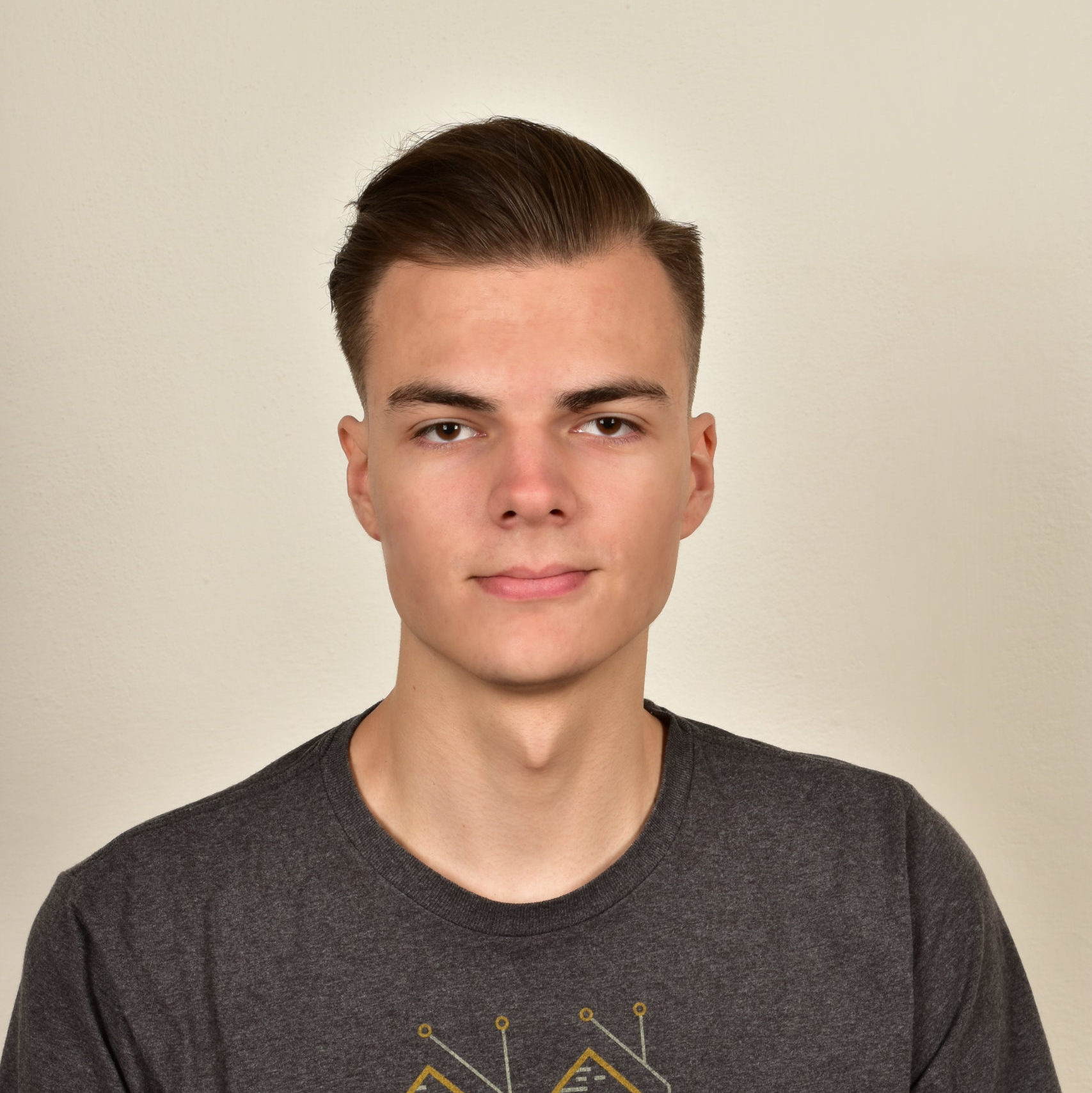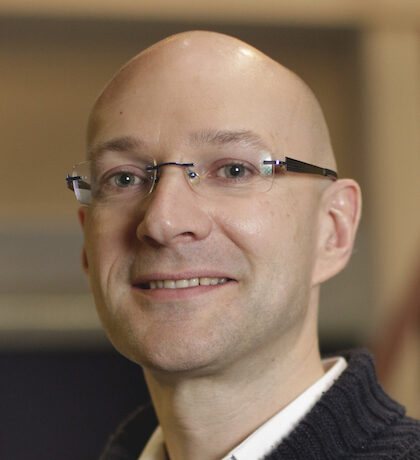Brno, Czech Republic | September 15
Red hat research day Europe 2022Red Hat Research Day Europe 2022 took place on September 15 in Brno, Czech Republic.
During Research Day attendees had an opportunity to engage with industry and academic leaders, hear about their latest work, and get a glimpse of new research ideas that are just appearing on the horizon. Session recordings will be available soon!
About Research Day Europe 2022
Red Hat Research Day Europe 2022 was a one-day in-person conference that took place on September 15 in Brno, Czech Republic. The goal of this event was to connect researchers with Red Hat engineers, customers, partners, industry representatives, and others interested in research that will impact open source software.
This year’s program covered research topics including:
- cloud computing
- security
- networking
- software testing and analysis
- and more!
Research Day Europe 2022 Agenda
9am (CEST)
Registration opens
9:45am – 10:00am
Welcome to Research Day Europe 2022
10:00am – 10:30am
Using static analysis for microservices
Show the abstract
Static analysis traditionally provides early feedback to developers on code quality and potential issues in their program. However, in the context of Microservices, it must cope with decentralization and heterogeneity across codebases. Conventional low-level static analysis tools fail to address emerging needs for multi-codebase operability, which is common for microservices. To bridge such gaps, static analysis approaches could adapt and recognize the microservice development practice and use it to determine the system’s intermediate representation (IR). This talk illustrates our static analysis prototypes using a component-based graph as the system IR for technical reasoning about the overall system. Our system IR has been adopted for various tasks. For instance, it is possible to detect microservice bad smells to improve the evolution of these systems, check consistency across microservices, or improve the detection of semantic clones. It is also possible to perform conformance checking toward the originally intended architecture design using a visualization of the reconstructed system architecture. Various practical examples will be given throughout this talk.
10:35am – 11:05am
Analyzing the security certifications landscape: Does certification help security?
Supervisor: Vashek Matyáš
Show the abstract
Cryptographic hardware and software is often certified under security certification standards like the Common Criteria or FIPS 140 . The certification process involves a vendor submitting the product under evaluation to an independent evaluation facility, which evaluates the vendor’s claims on the security of the product and its development. This certification process produces several publicly available documents: the certification report, the security target, and sometimes a protection profile. These documents contain valuable information for the certification system stakeholders, researchers, and for vulnerability assessment. With the high level of secrecy in the secure hardware development space, these documents are often the best source of information on some devices as demonstrated by their use for vulnerability impact assessment. However, the security certification ecosystem contains thousands of certificates and associated documents, which were not made to be machine readable and vary in their format and structure.
In this talk, we propose an automated way of mining these documents for information valuable to system stakeholders. We also use this information ourselves to analyze temporal trends in the security certifications landscape as well as the references between certificates and demonstrate their helpfulness for vulnerability impact assessment.
11:05am – 11:25am
Coffee break and networking
11:25am – 11:55am
LEGO for 6G: A modular open access end-to end-network architecture
to enable B5G/6G research
Show the abstract
The scope of this talk is twofold. Firstly, to provide an overview of globally identified 6G candidate technology areas and suggest a roadmap for leveraging public-private partnership research testbeds to influence the 6G vision and accelerate the full lifecycle of research and development, manufacturing, standardization, and market readiness for 6G. Secondly, to present an end-to-end programmable virtualized cloud native B5G architecture built on Red Hat Openshift leveraging 3GPP and O-RAN interfaces.
12:00pm – 12:30pm
Building a science lab with ContainerSSH
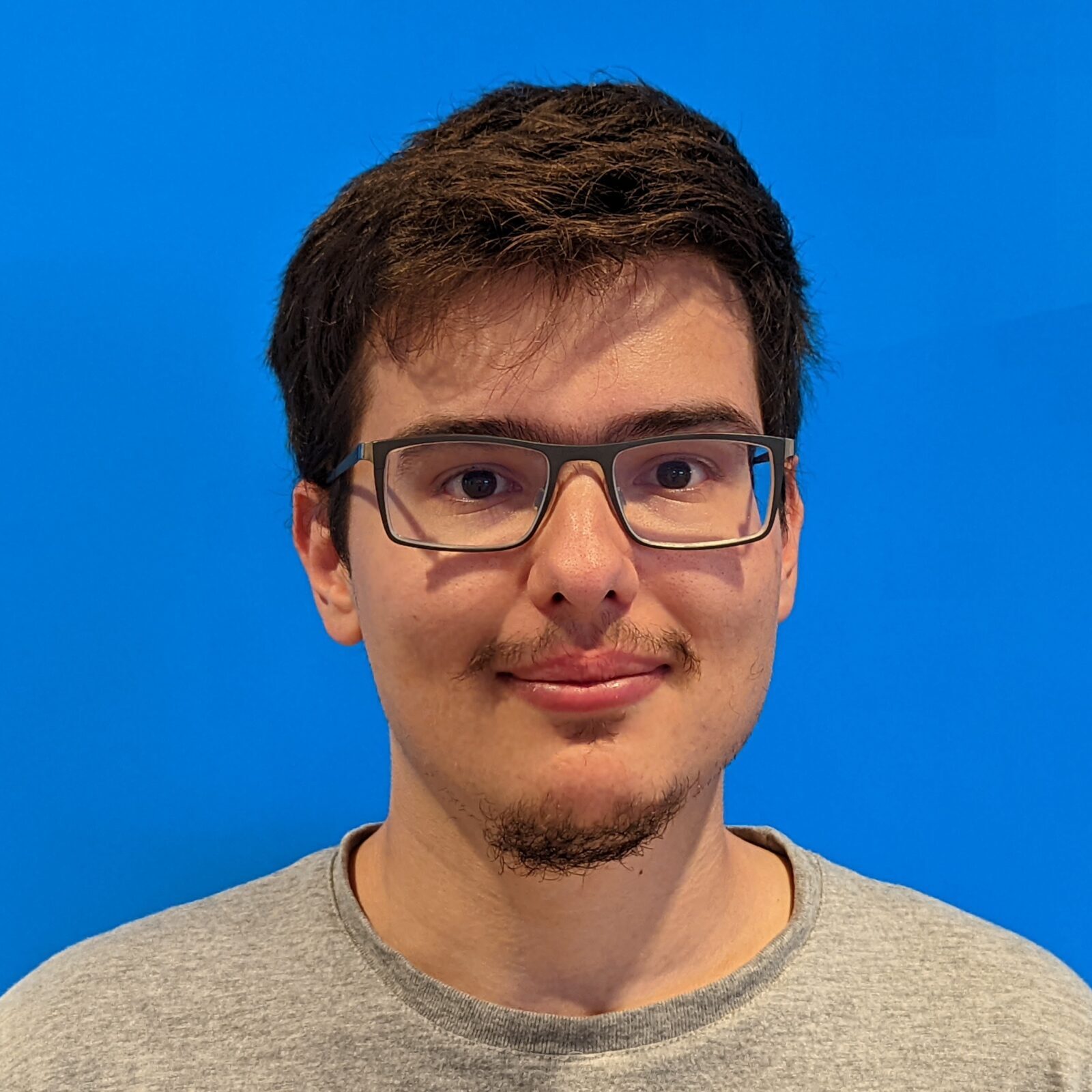
Nikos Tsipinakis, CERN
Show the abstract
Do you find providing SSH to a large number of users tiresome? So did we! Creating VMs, applications filling up disks, runaway processes, regular system upgrades, and user management are only a few of the problems a system administrator runs into when building a jump host or an access server. In contrast, ContainerSSH uses webhooks or now also Kerberos to provide SSH access independently from the underlying operating system, and drops users into individual containers. When the user disconnects, ContainerSSH deletes the container.
At CERN, ContainerSSH is being tested as a pilot for the LxPlus Service, which provides access to roughly 2000 concurrent users for code writing, job submission, and file operations on various network file systems. Using their Kerberos ticket, users have their own folders automatically mounted and can work in their container in isolation.
12:30pm – 1:30pm
Lunch and networking
1:30pm – 2:00pm
Unleashing affordable cloud resources with SpotOS
Show the abstract
Community wisdom tells us that while the cloud early vision promised economy of scale, in practice, renting cloud resources is an expensive business. There are many reasons for this unfortunate state of affairs, some of which can be attributed to non-utilized opportunities. SpotOS is an effort which is aimed to use state of the art tools to help cloud users make better rental choices. In particular, SpotOS enables wider, easier, and better use of spot instances, which are “empty” resources sold at a high discount with the pitfall that they may have to be evacuated in short notice. SpotOS can be viewed as a new kind of a distributed “operating system” which extends the OS traditional tasks by optimizing task allocation to resources, optimizing batch resource rental from the provider, and supporting failover mechanisms. To achieve these goals SpotOS uses advanced modern tools such as optimization algorithms, predictive machine learning, efficient external storage, and stateful task management in distributed environments. The talk will survey the challenges and opportunities in SpotOS.
2:05pm – 2:30pm
Lightweight always-on network latency monitoring with eBPF
Supervisor: Anna Brunström
Co-supervisor: Toke Høiland-Jørgensen
Show the abstract
Network latency plays a crucial role for many applications and has been shown to have a considerable impact on the users’ quality of experience. Continuously and efficiently monitoring network latency is important for understanding the performance of any applications that run on top of the network today, and will become even more important in the future with an increasing focus on interactive and real-time applications. Always-on passive monitoring of network latency can provide continuous latency metrics without injecting any traffic into the network. However, current software-based passive network monitoring tools often struggle to keep up with the traffic as packet rates increase.
We investigate the feasibility of using the emerging eBPF technology to enable lightweight passive network latency monitoring by implementing evolved Passive Ping (ePPing). ePPing can run on Linux devices at speeds of over 10 Gigabits per second on a single core, without requiring special hardware support or modifications of the kernel network stack, improving on current state-of-the-art software-based solutions. and has been shown to have a considerable impact on the users’ quality of experience.
2:35pm – 3:00pm
Coffee break and networking
3:00pm – 3:30pm
Programming languages to runtime execution: A continuum for service orchestration in dynamic edge/fog environments
Show the abstract
The Internet of Everything (IoT, IIoT, Vehicular Networks, Smart *), requires applications to deal with a large amount of data – streamed, processed and stored from small devices to analytical systems. Cloud computing offers a solution to this issue, providing on-demand resources to process this data. New applications such as Tactile Internet, VR/AR, need low latency, geo-data storing and processing, and privacy & security protection, thus requiring new hybrid public and private edge/fog/cloud architectures. In this talk, we present ways to rapidly program and prototype FaaS-based distributed dataflow applications, allowing an easy redeployment according to dynamic change in the environment and preventing single points of failure. Finally, we discuss ongoing work to formalize and check the correctness of such service orchestrations.
3:30pm – 4:05pm
Testing the reliability of systems with unstable or low-quality network connectivity
Show the abstract
Complex software and Internet of Things systems are challenged by several issues related to reliability. One of them is the dynamic behavior of the system owing to the limited and often unstable network connectivity. A number of ad-hoc approaches to test this behavior can be taken intuitively; however, a special technique is needed to make the tests really effective. This presentation introduces a new specialized technique to test processes of a system in situations when parts of these processes are affected by limited or disrupted network connectivity. The technique is explained in a practical example – a sensor network system for combat casualty care, developed by the Czech Technical University in Prague in cooperation with the Czech Armed Forces, the University of Defence, and other partners.
4:10pm – 4:40pm
Parametric log checking
Show the abstract
Dynamic analysis, such as testing and runtime verification, is an integral part of quality control and nicely complements static code analysis. Runtime verification is useful when the execution of the system under test is not staged but correct or incorrect behaviour is well specified. It often requires code injection and formally specified properties which prevents wider acceptance of the method. We focus on closing the gap between runtime verification and software development by exploiting the logs of the system under test. Log messages express the events in the system and software developers know exactly what they mean and what are the expected and the unexpected sequences. One of the main problems of log analysis is interleaving of log messages related to different sessions, resources, and purpose-specific objects; logs are parametric.
The talk will provide a way to monitor a system and to determine whether it is working correctly, based on the system’s log messages and the provided specification. The talk will be supplied with examples of our prototype monitoring tool applied on several different systems.
4:40pm – 5:00pm
Organizers Closing
5:00pm
Social Event
featuring local folk music, gourmet banquet, traditional Czech goodies and beverages, and wine and coffee tasting
Meet our Speakers
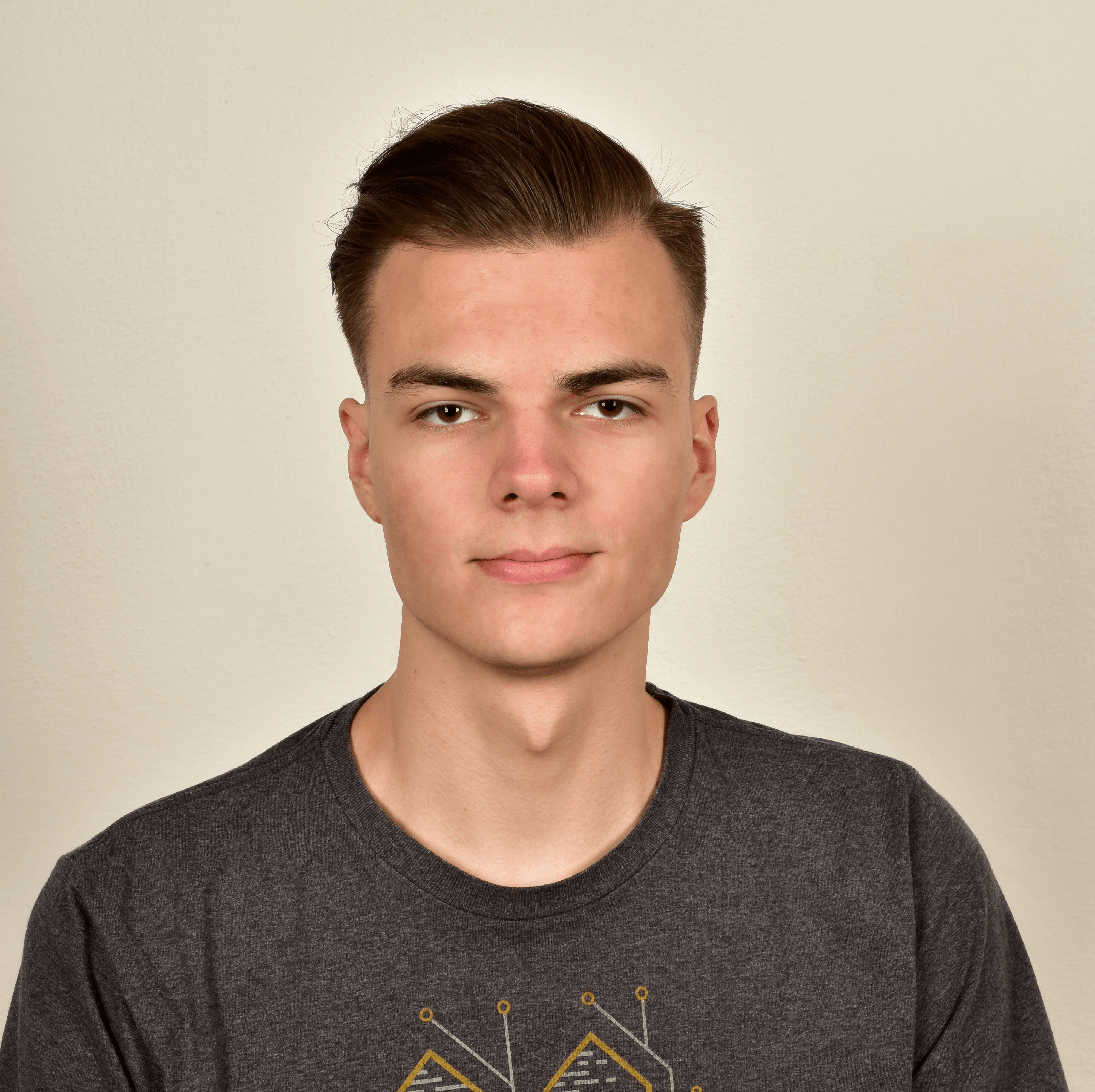
Ján Jančár
PhD student, Masaryk University
Supervisor: Vashek Matyáš
Ján Jančár works on several topics in applied cryptography, with the goal of securing cryptographic implementations against powerful attackers.
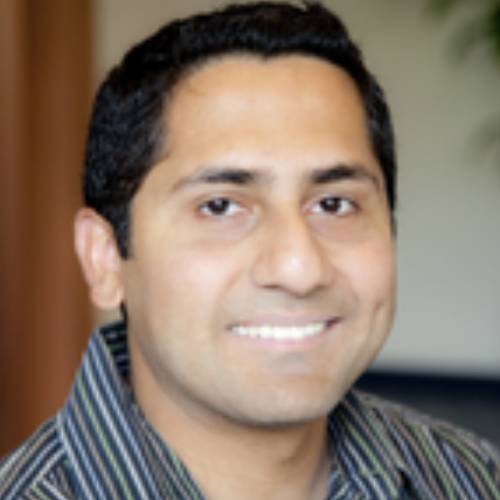
Abhimanyu Gosain
Senior Director, Institute of Wireless Internet of Things, Northeastern University
Abhimanyu (Manu) Gosain is an Executive Director for Open6G,co-Chair for the FCC 6G Technology Advisory Council and Senior Advisor for NTIA and DoD OUSD R&E

Nikos Tsipinakis
Open Source Developer at CERN
Nikos Tsipinakis is an open source developer, hacker and technology enthusiast. He is currently working with the Compute & Config team at CERN to containerize the interactive login service.
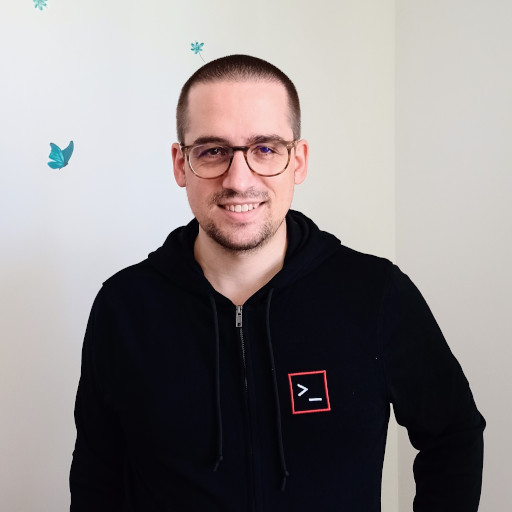
Janos Bonic
Principal Software Engineer, Red Hat
Janos Bonic is a Principal Software Engineer at Red Hat and founder of ContainerSSH. Together with his wife, he’s writing papers and researching several topics around infrastructure and visual deep learning.
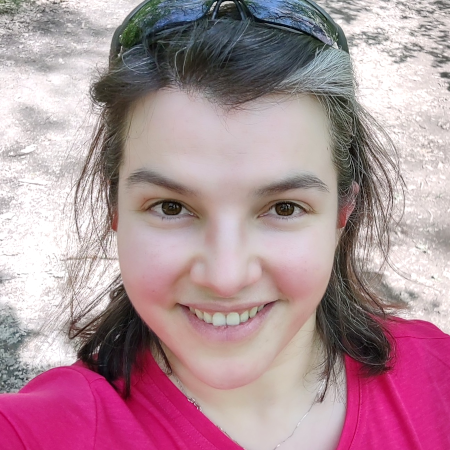
Sanja Bonic
Senior Software Engineer, Red Hat
Sanja Bonic works at Red Hat and is a PhD candidate at TU Berlin where she focuses on computer graphics and visualizations.

Assaf Schuster
Professor, Technion, Israel Institute of Technology
Prof. Assaf Schuster of the Computer Science Department at the Technion published over 250 papers in the areas of ML, AI, Streaming Data, Big Data Systems, Parallel and Distributed Computing, Scalability.

Simon Sundberg
PhD student, Karlstad University
Supervisor: Anna Brunström, Toke Høiland-Jørgensen
Simon Sundberg’s research area is monitoring of edge services, and he is currently focusing on network latency.

Frédéric Le Mouël
Full Professor, head of the CITI Lab, University of Lyon
Frédéric Le Mouël is heading the Center for Innovation inTelecommunication and Integration of Services, where he is leading the Dynamic Software and Distributed Systems for the Internet of Things research group (DynaMid Team).
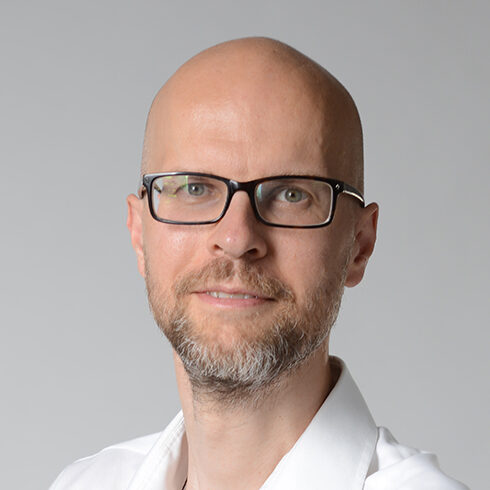
Miroslav Bureš
Associate Professor, Czech Technical University, Prague
Miroslav Bures leads the System Testing IntelLigent Lab (STILL) at the Faculty of Electrical Engineering, Czech Technical University in Prague.
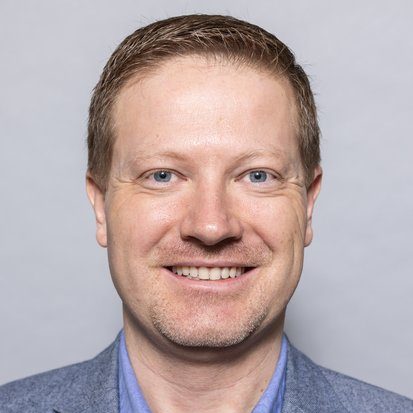
Aleš Smrčka
Assistant Professor, Brno University of Technology
Aleš Smrčka received his PhD in the field of formal verification of hardware designs, in which he continued on research of formal verification of pipelined processors.
Research Day Europe 2022 Location
ABZAC multifunkční centrum
Šimáčkova 704/135, 628 00 Brno-Líšeň
How to get to the venue?
Conference shuttle bus
A shuttle bus service will be provided free of charge to attendees. There will be two pick-up points in the morning: from Královo Pole/Red Hat office and the City Center. Both shuttle buses will leave around 08:00 am for the conference venue. Specific times as well as pick-up points will be specified and sent to those who indicate interest in the shuttle.
If you are Research Day attendee and would like to use the shuttle bus, please contact us.
By car
Street parking; 15 parking spots available on the street Šimáčkova I; 10 spots on the street Šimáčkova II; 15 spots on the street Kubelíkova; 15 spots on the street Šimáčkova III; 41 spots in the parking lot Hřbitova.
Public Transportation
The nearest bus station to ABZAC is called “Kubelíkova” (bus no. 58) and a tram station called ”Mifkova” (tram no. 8) and it takes approximately 30-40 minutes to get there from the Main Train station.
You can buy tickets from any of the yellow ticket vending machines located at various stops throughout the city, or you can purchase them at information centres, stations, and newsagents. You can also pay contactless in the vehicles.
Would you like to attend?
Research Day Europe is an in-person event designed for the research community. If you have not received an invitation and if you are interested in attending the event please contact us!

